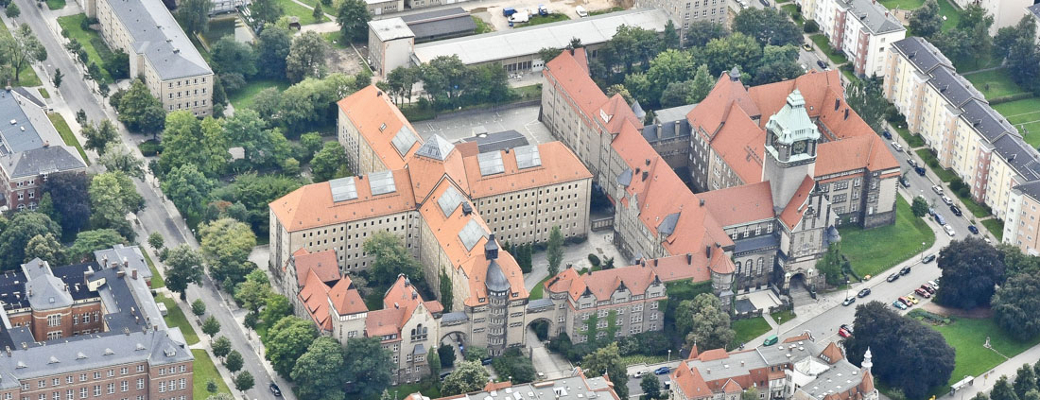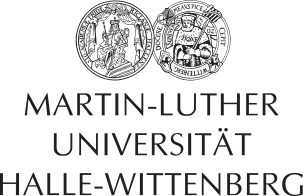Bayesian Econometrics
Lecturer: Professor Joshua Chan (Purdue University)
Date: April 12-16, 2021
Venue: IWH, online
Registration: via email annett.hartung@iwh-halle.de until March 31, 2021.
The lecture format will be online.
The course is designed for at most 25 participants. Places will be allocated on a first come, first served basis.
Announcement: pdf
Course Description
Bayesian econometric methods are increasingly popular in empirical macroeconomics. In particular, nonlinear, time-varying models, such as time-varying parameter models and stochastic volatility models, are now routinely used by macro-economists. The overarching purpose of this short course is to quickly bring the participants to the research frontier so that they are prepared to do research in Bayesian macroeconometrics and empirical macroeconomics.
This course will cover both Bayesian theory and computations. We will also discuss various empirical applications to illustrate the models and estimation techniques. Since high-dimensional models – which are inherently computationally intensive – are increasingly used in applied work, we will investigate a range of strategies and algorithms to speed up computations.
We will start with an overview of Bayesian theory and computations. We will then give a brief review of the linear regression and the Gibbs sampler. Some flexible variants of the linear regression will then be introduced, along with various more sophisticated Markov chain Monte Carlo algorithms to estimate them. We will also take a look at Bayesian methods to compare nested and non-nested models, as well as some modern hierarchical shrinkage priors designed for data-rich environments.
We will then dive into a few state-of-the-art macroeconometric models, including unobserved components models, factor models and stochastic volatility models. Lastly, we will cover a range of vector autoregressions, including time-varying parameter VARs and large VARs with stochastic volatility and non-Gaussian errors.
Throughout the course we will demonstrate the estimation methods using the programming environment MATLAB. Some working knowledge of programming in MATLAB, R or Python would be advantageous.
Course notes
This course is based on the set of notes titled Bayesian Macroeconometrics: Methods and Applications, which will be available to the participants (as well as the data and code). I also recommend the textbook Bayesian Econometric Methods (Second Edition), by Chan, Koop, Poirier and Tobias, 2019.
Logistics
The course will consist of a mixture of pre-recorded lectures and synchronous lectures in the afternoon. Participants are expected to go through the pre-recorded lectures for the day before the afternoon synchronous meetings.
Assessments
Participants will be asked to submit one assignment and replicate a paper from a list. The assignment is due 2 weeks after the course and accounts for 50% of the grade; the replication paper is due 4 weeks after the course and accounts for the remaining 50%.
Course outline
The course is divided into five modules. The outline of each module is given below.
Module 1: Overview of Bayesian econometrics
– Bayesian theory and computations
– standard linear regressions; Gibbs sampler
– more flexible regressions: t errors, moving average errors; independence-chain
– Metropolis-Hastings, Griddy-Gibbs
Module 2: Bayesian model comparison and hierarchical shrinkage priors
– posterior odds and marginal likelihood
– marginal likelihood estimators: Savage-Dicky density ratio, modified harmonic mean, Chib’s
– method
– stochastic search variable selection and Bayesian Lasso
Module 3: Linear state space models and factor models
– unobserved components models, static and dynamic factor models; precision-based samplers
– application: a model for trend inflation and output gap
Module 4: Nonlinear state space models
– stochastic volatility model, stochastic volatility in mean; auxiliary mixture sampler
– application: modeling inflation using the UC-SV model
Module 5: Vector autoregressions
– standard VARs, time-varying parameter VARs, VARs with stochastic volatility
– large Bayesian VARs, shrinkage priors for VARs, common stochastic volatility
– recent research on large Bayesian VARs with time variation























